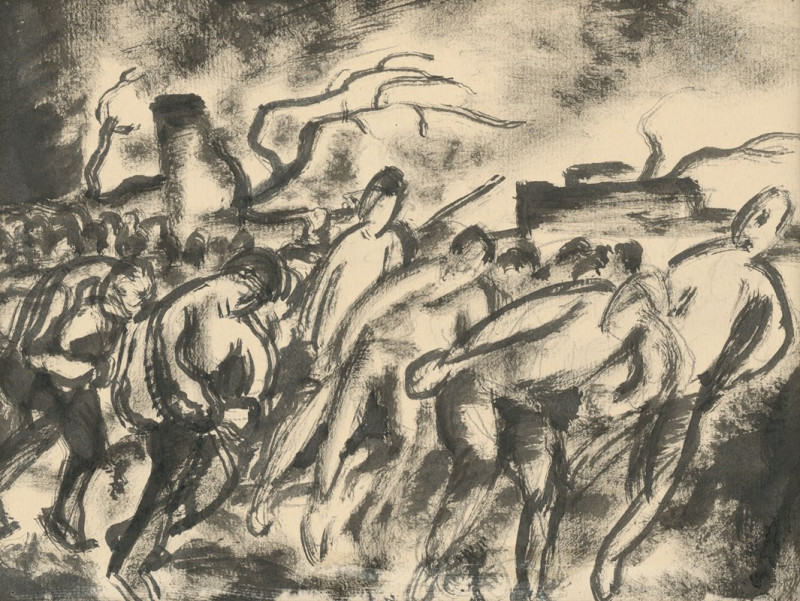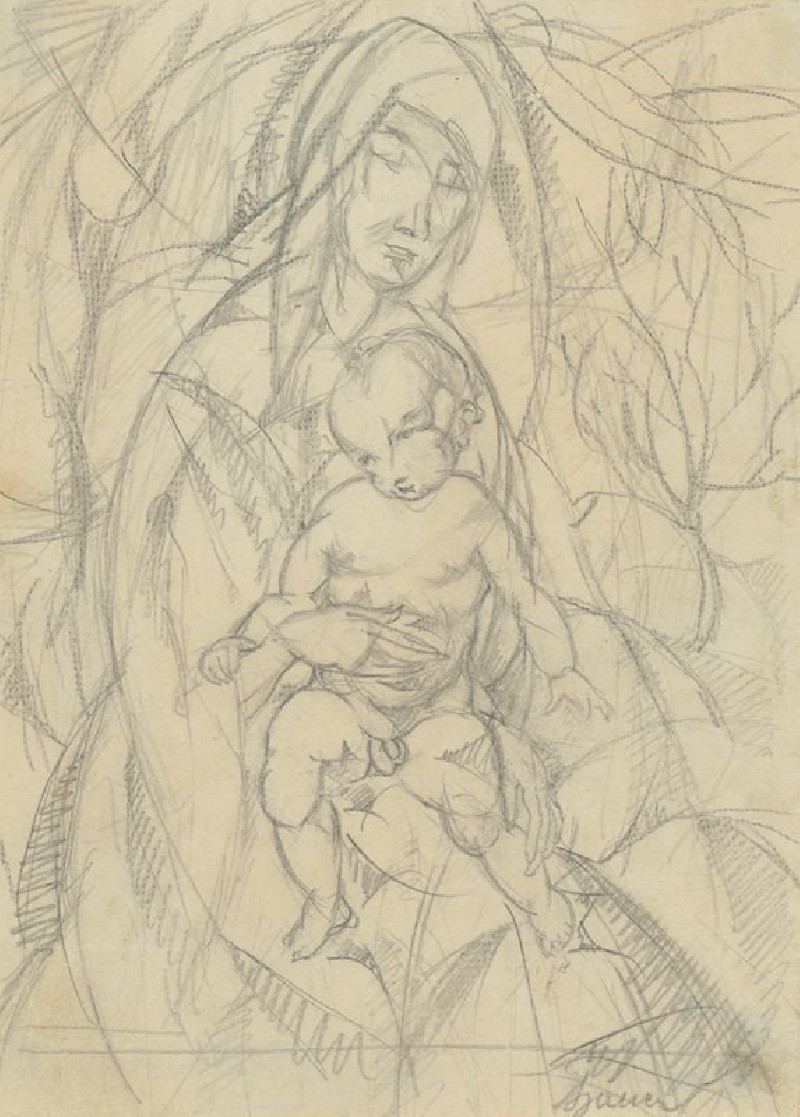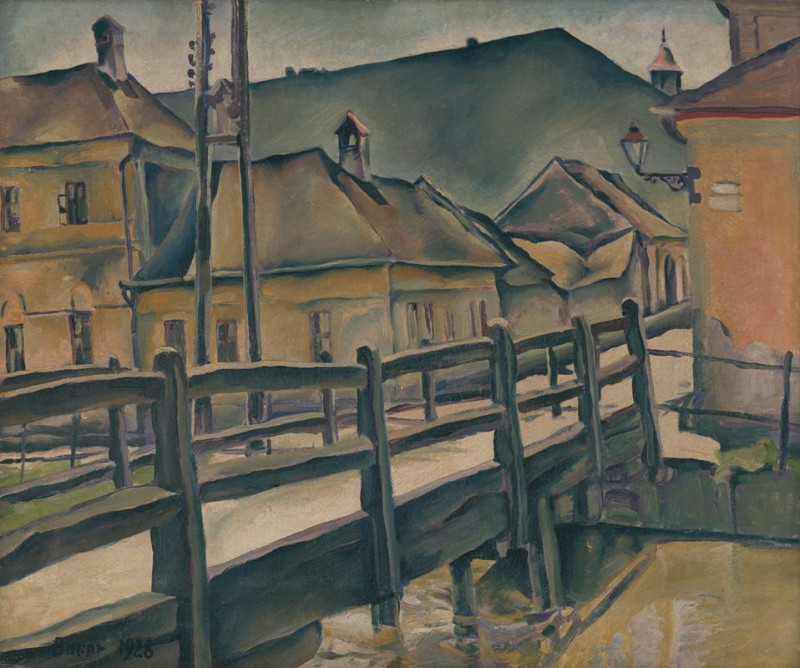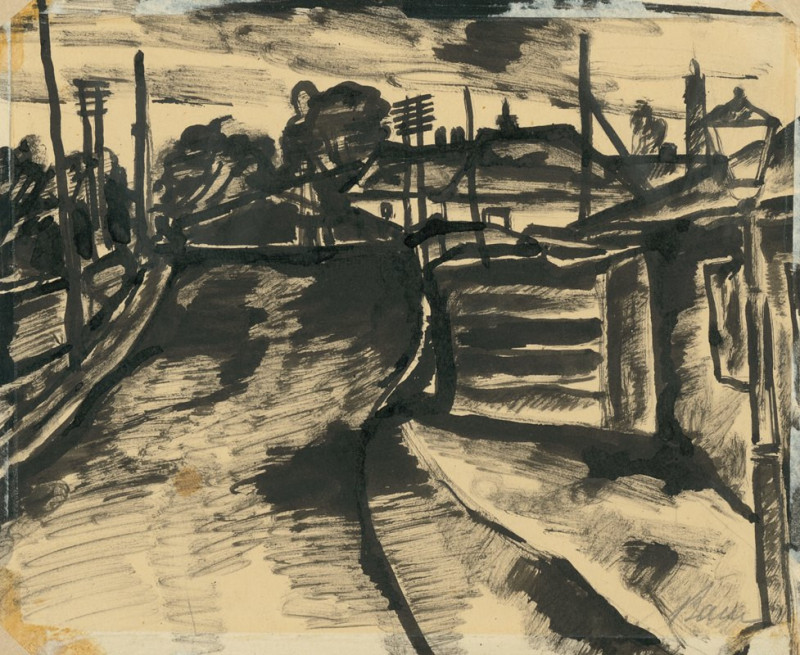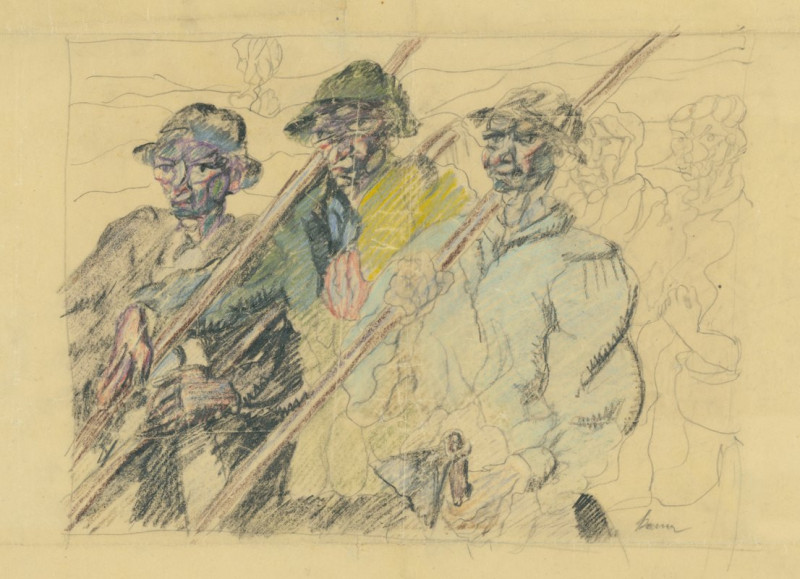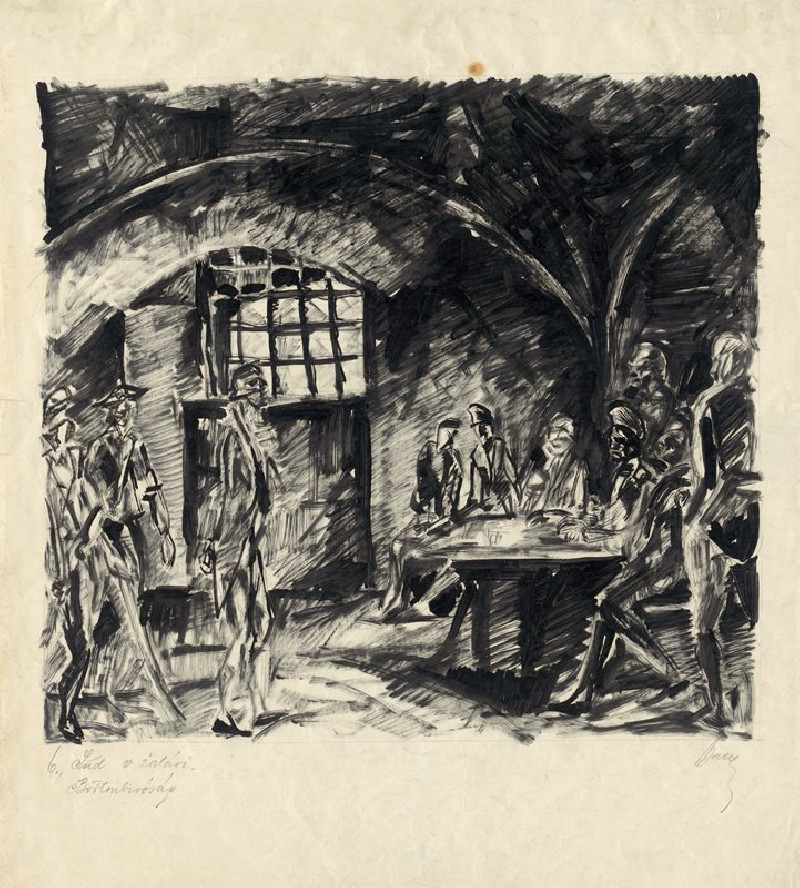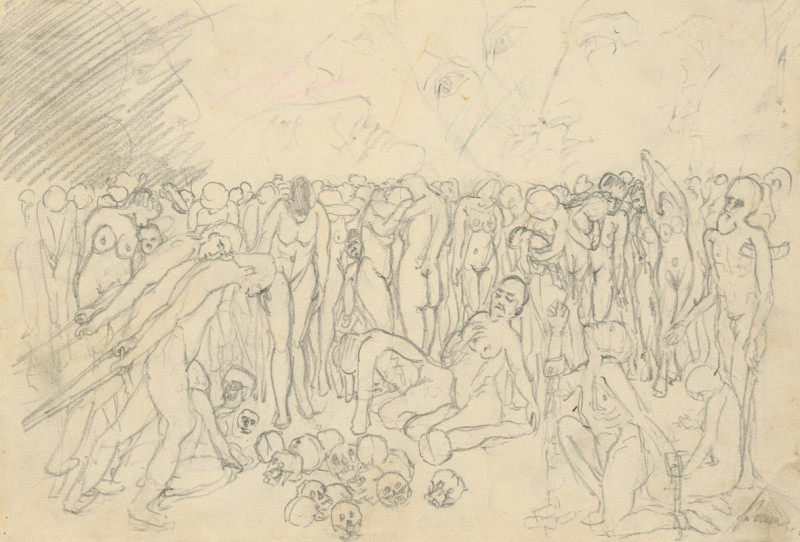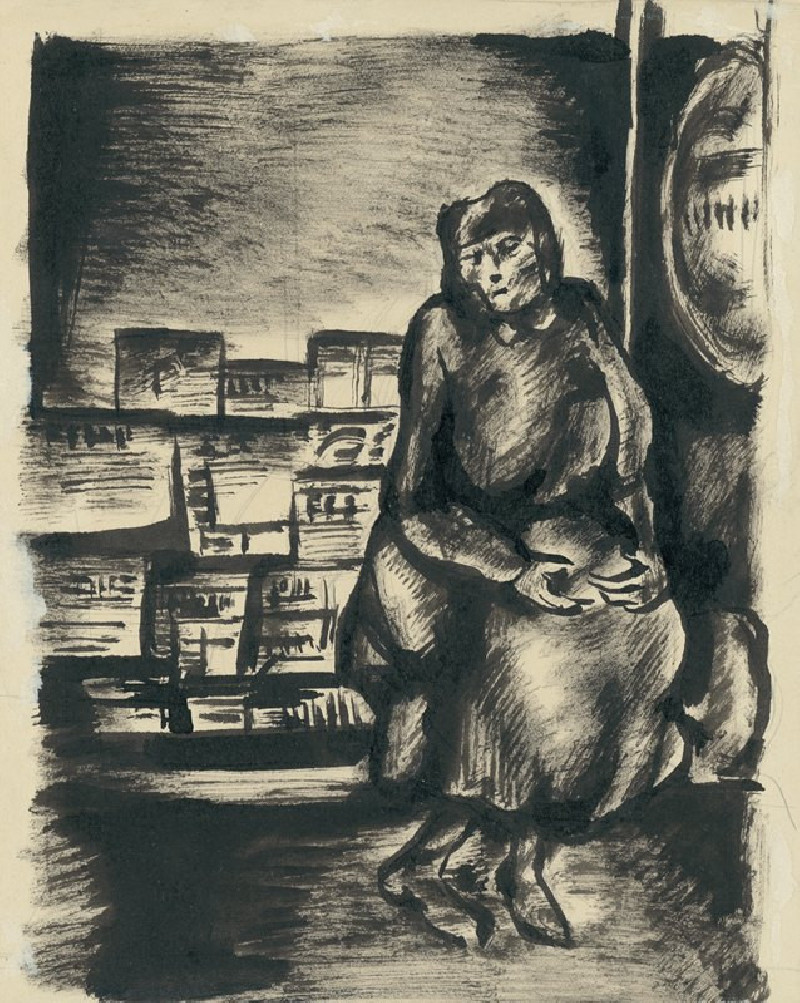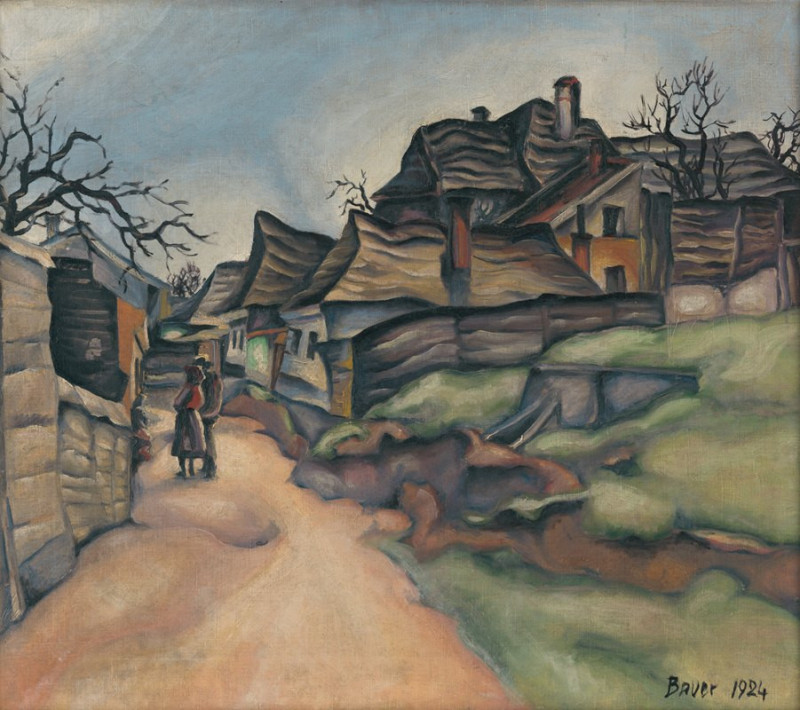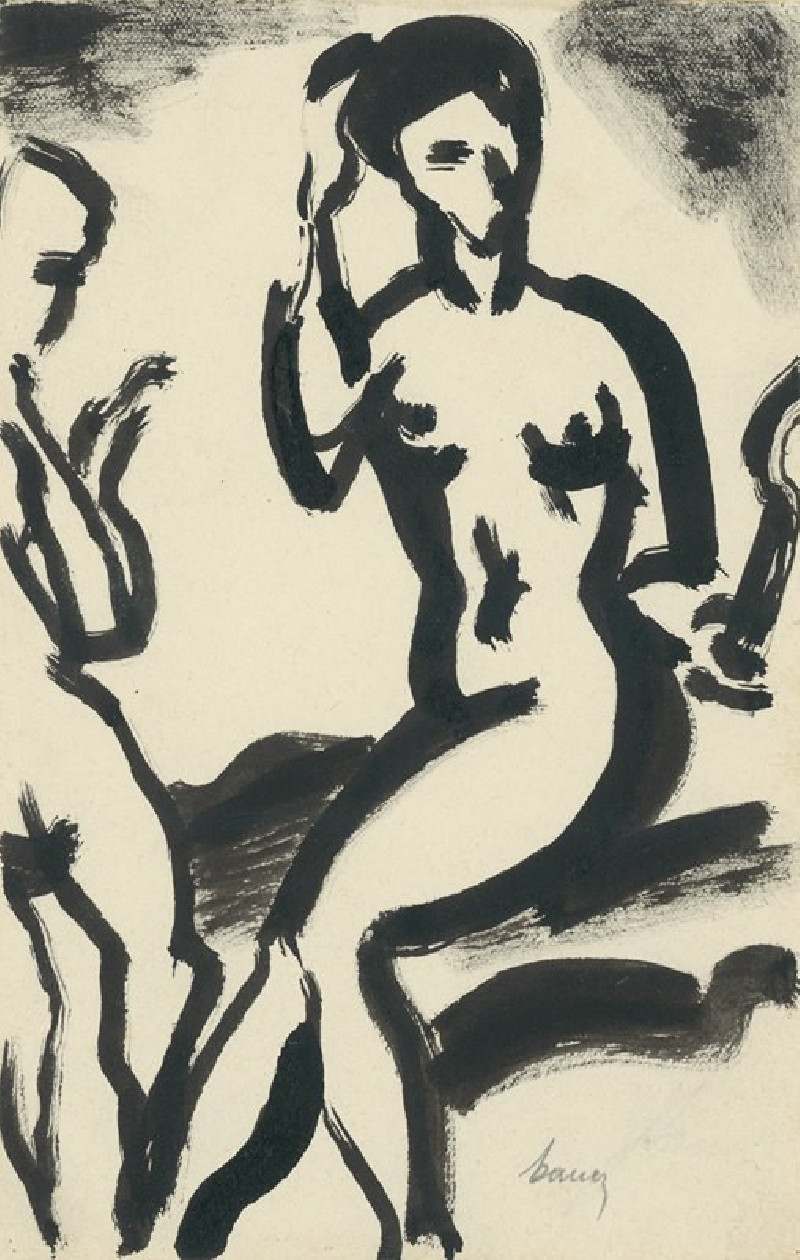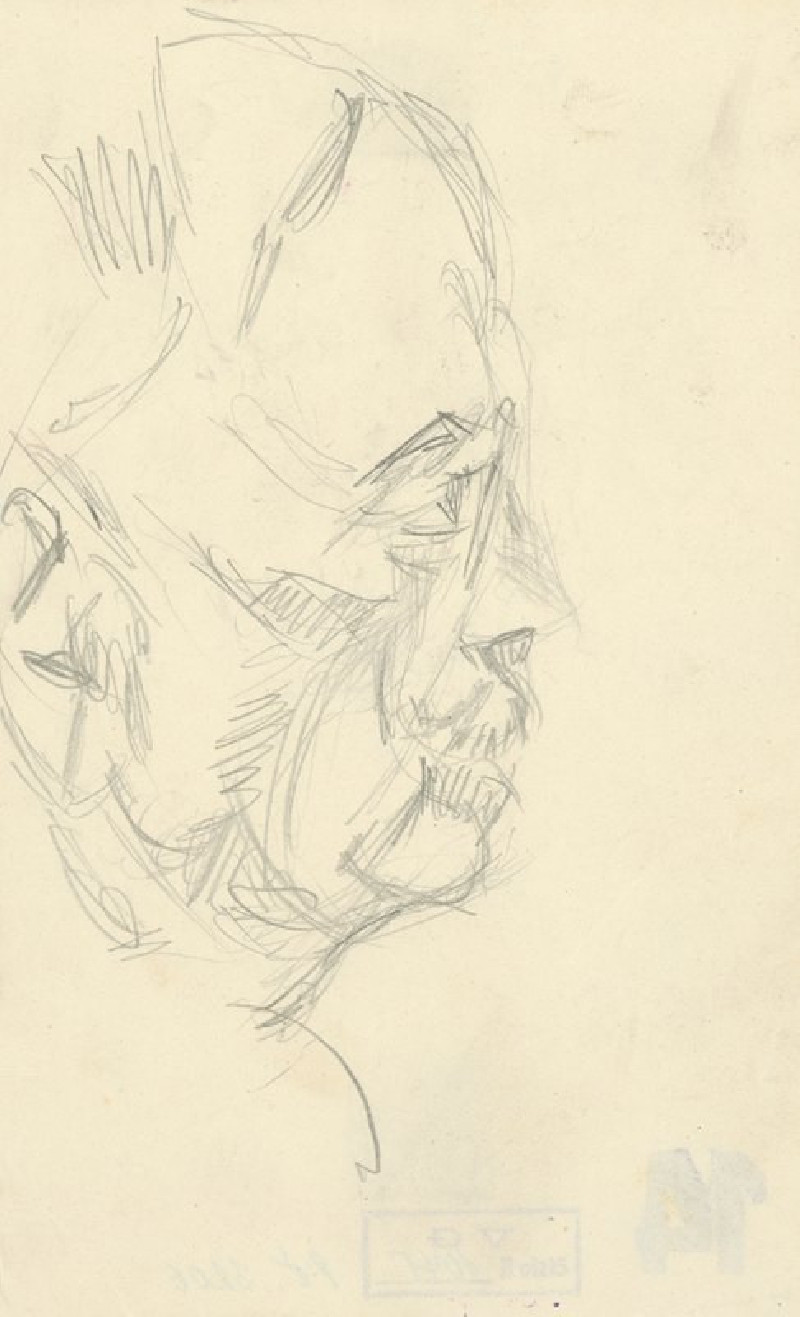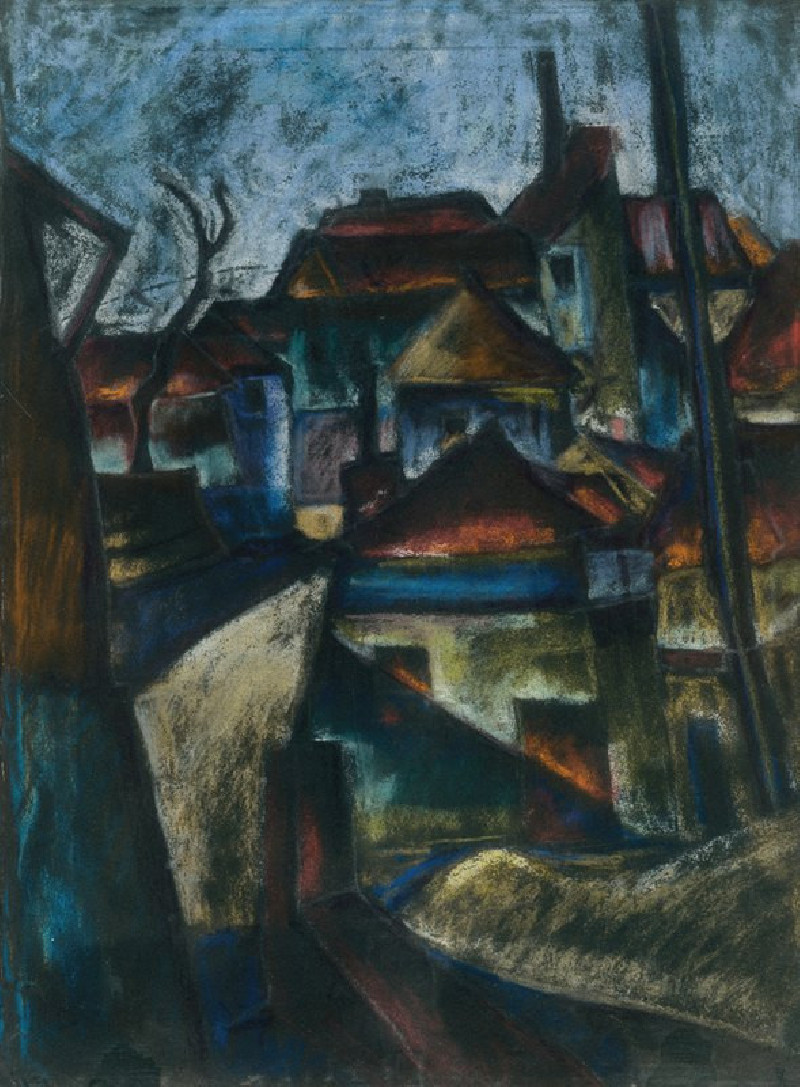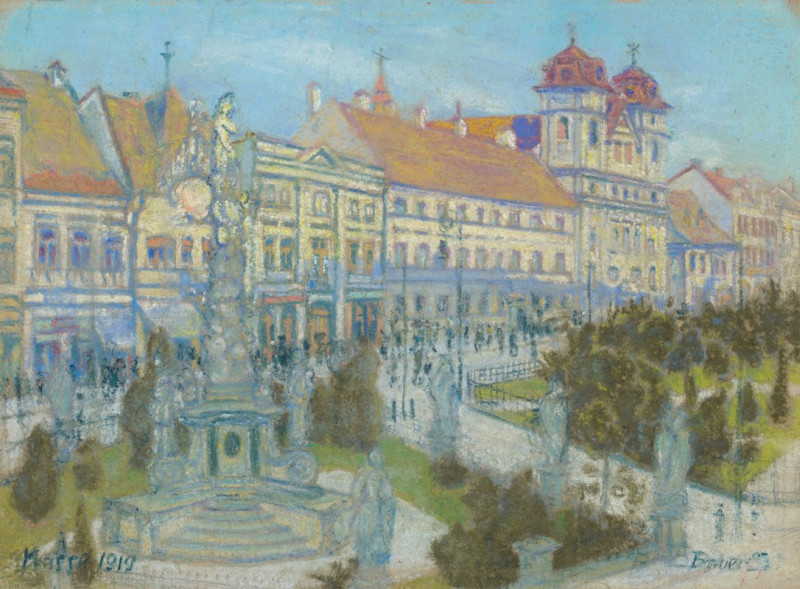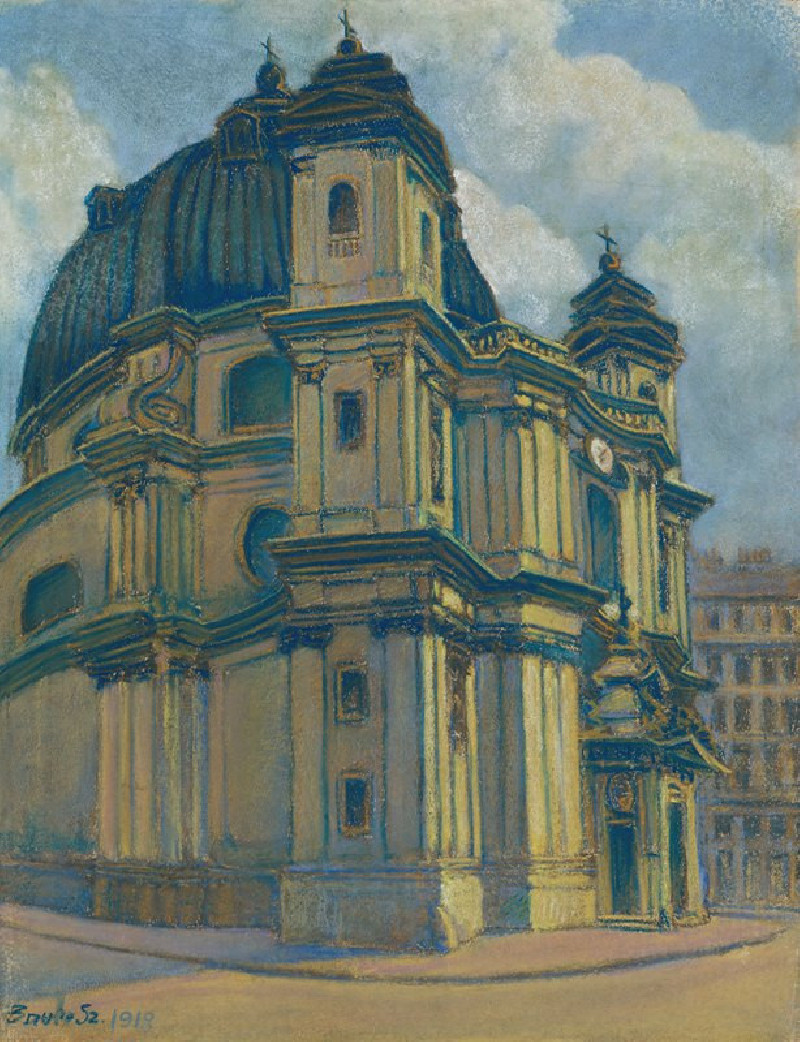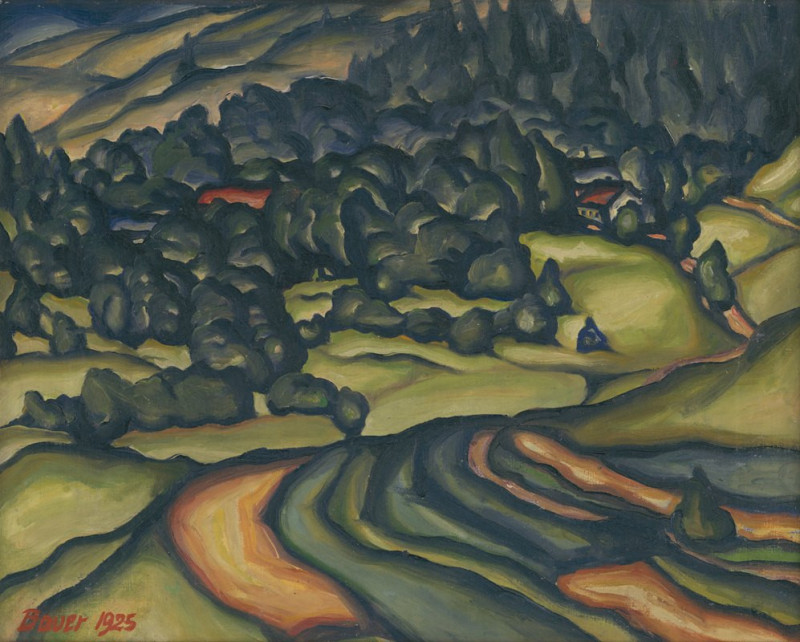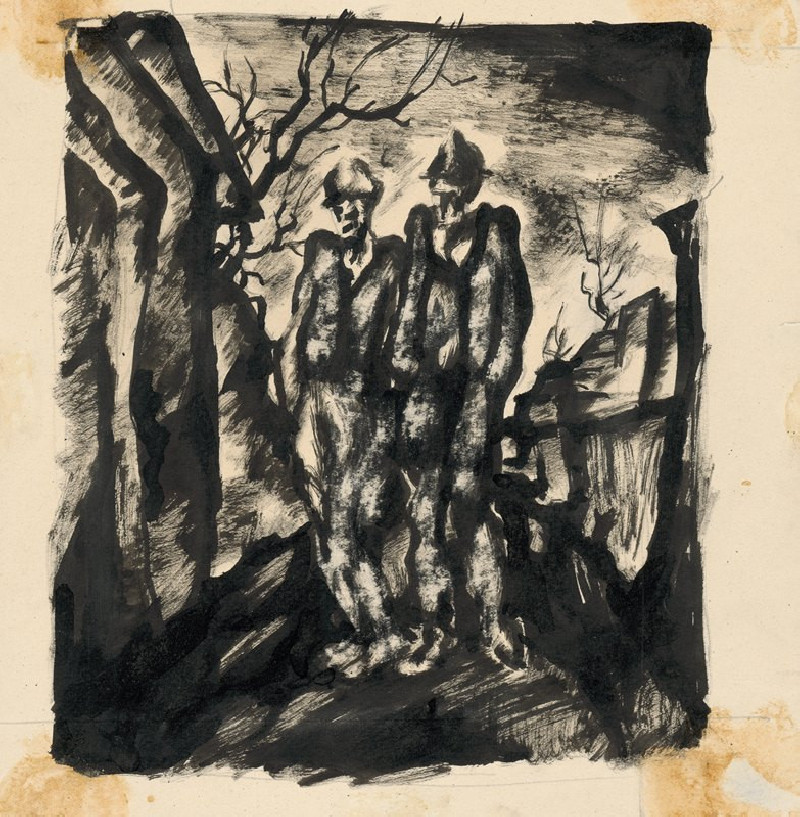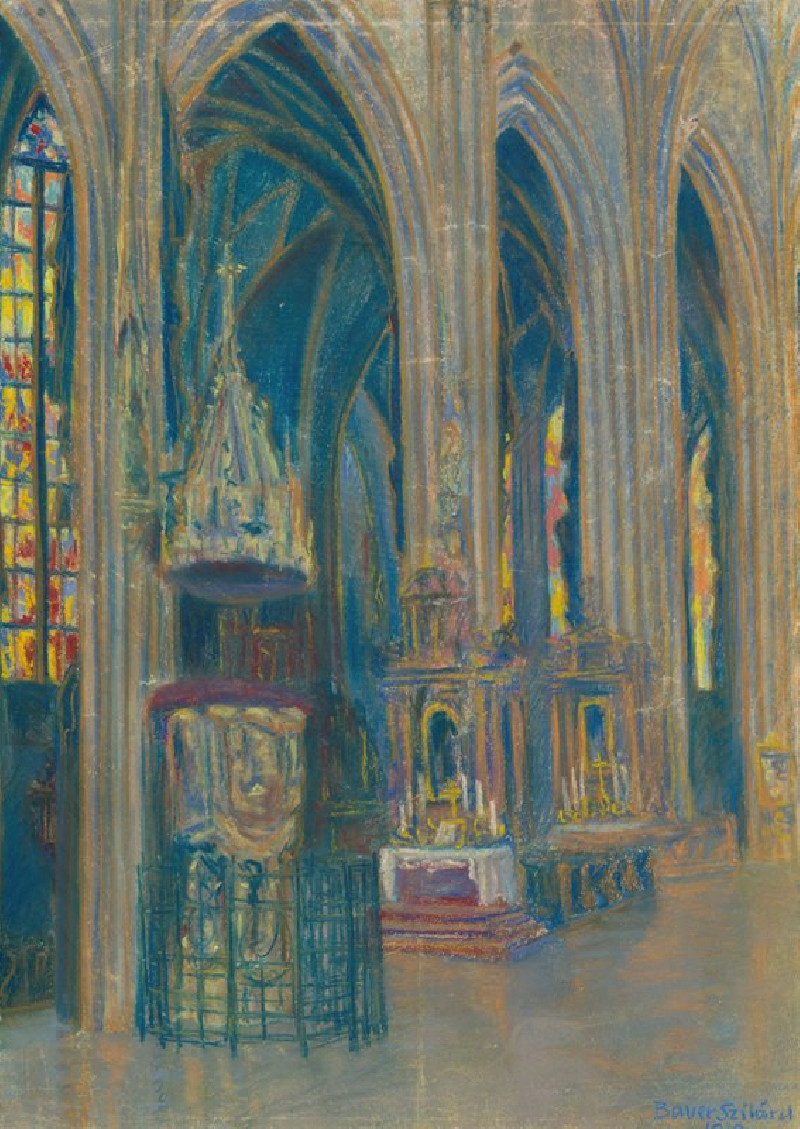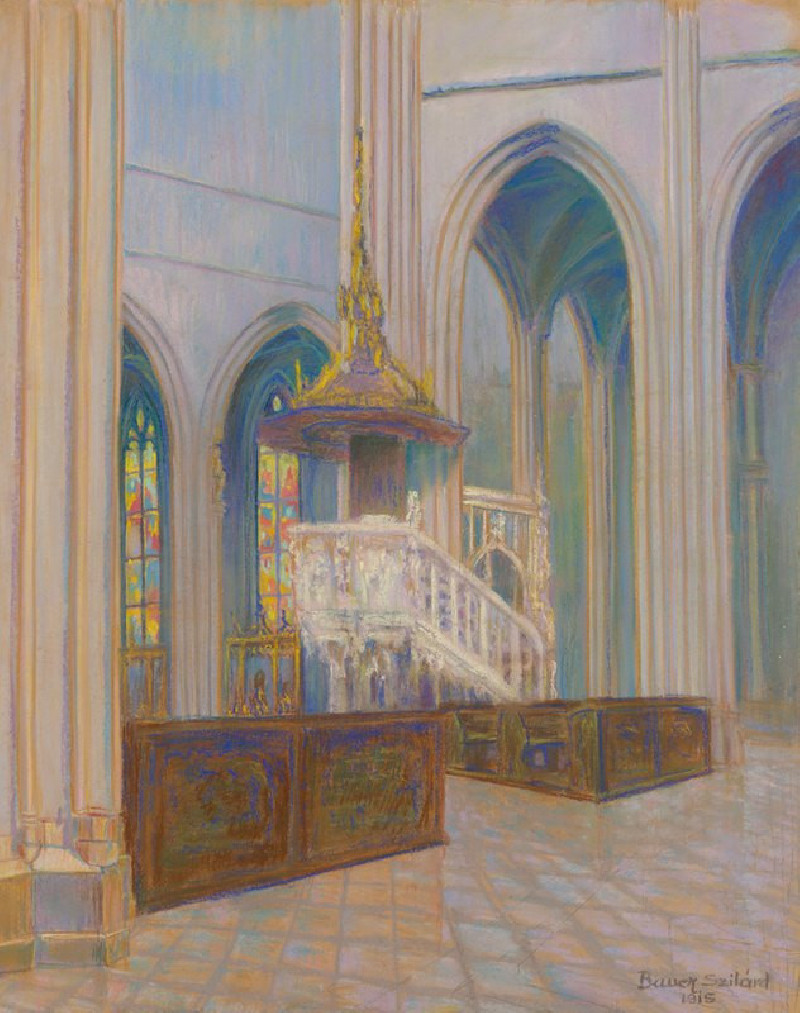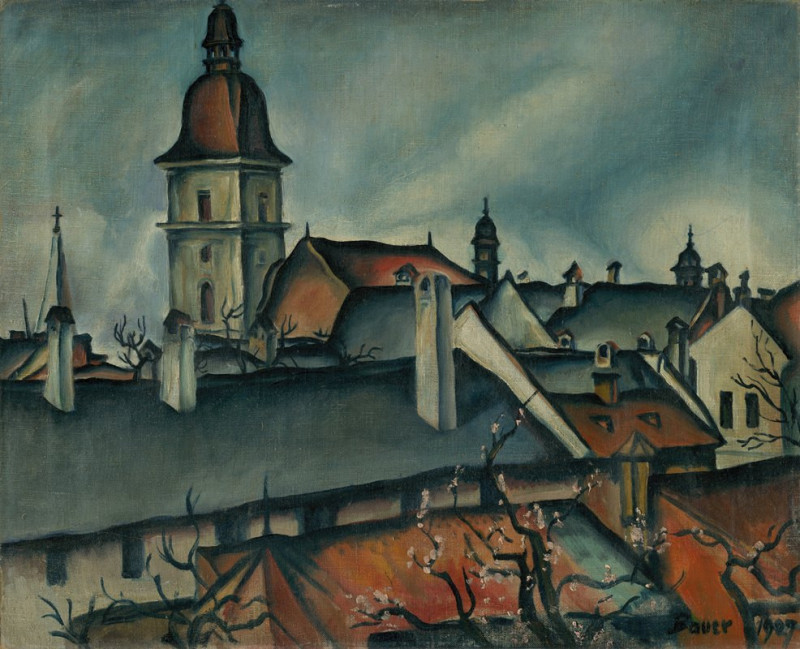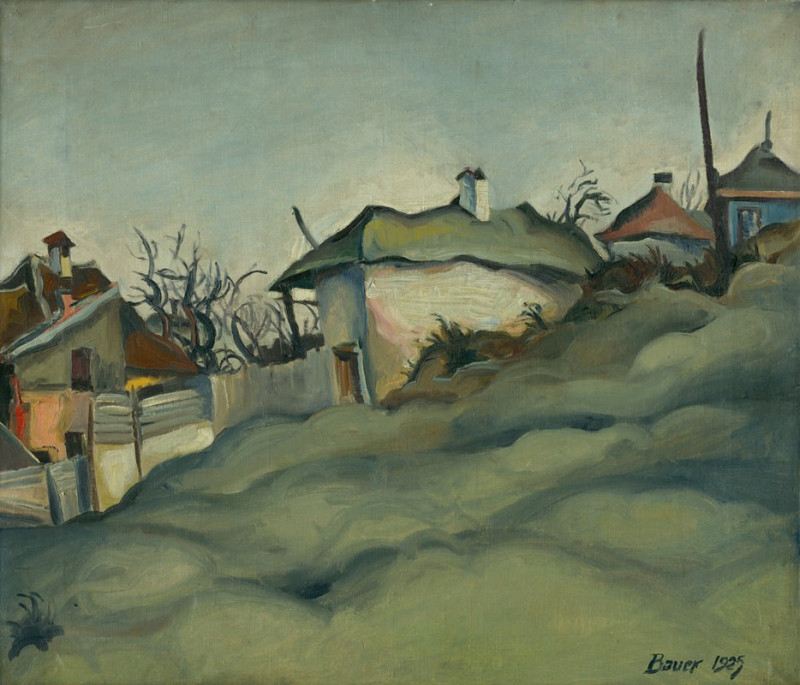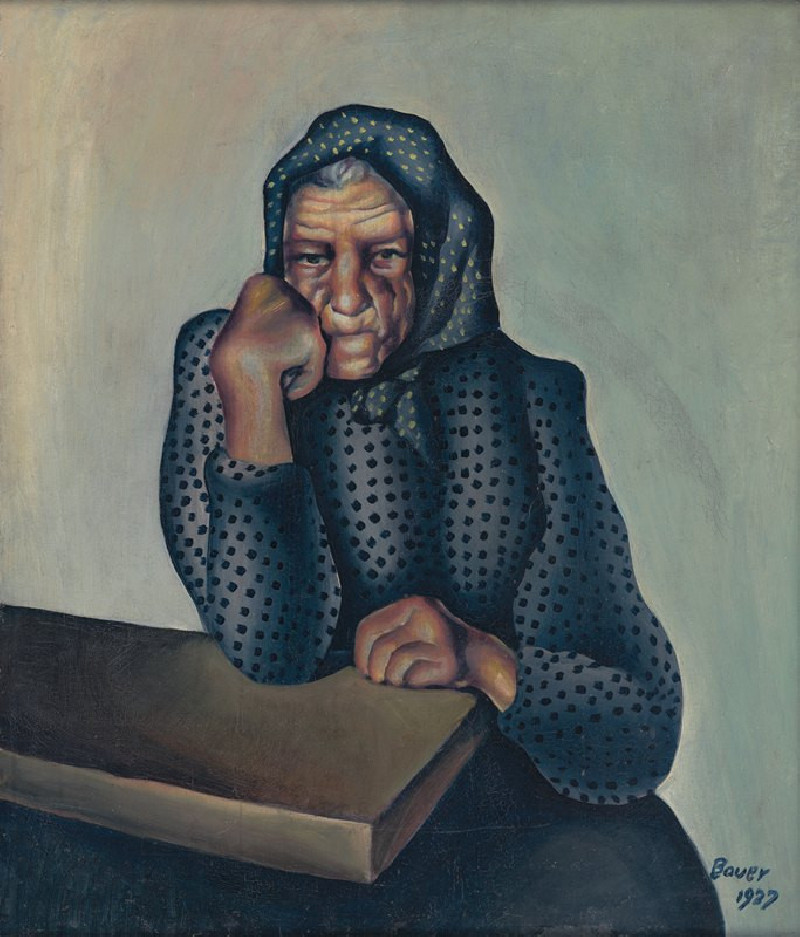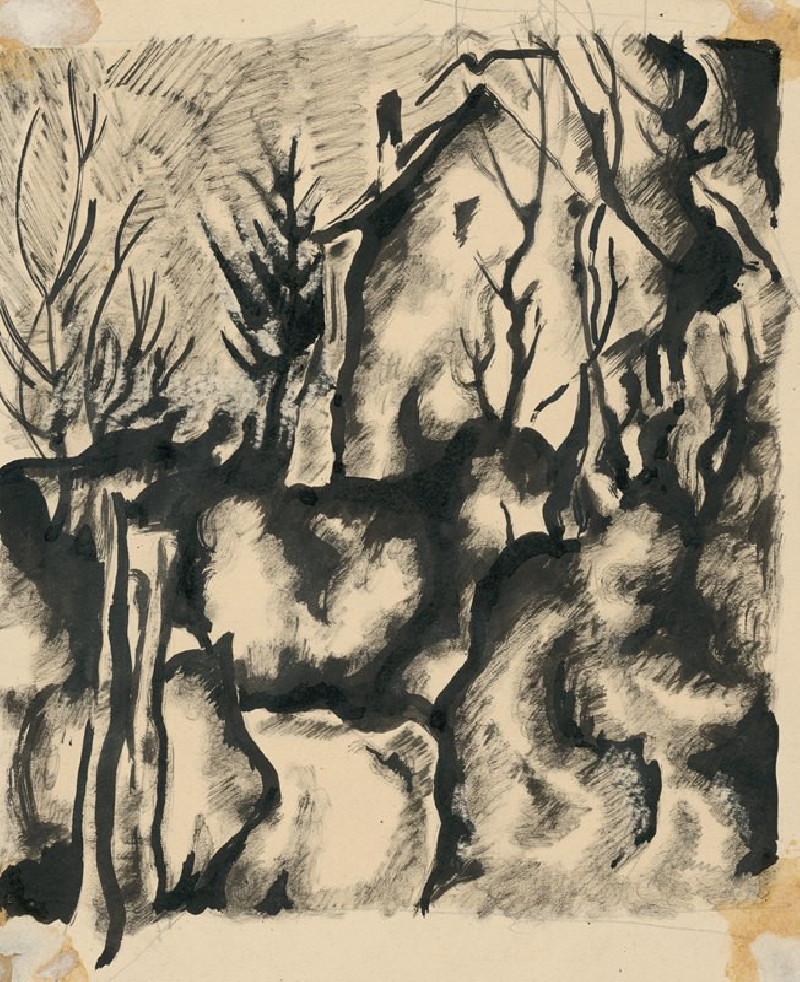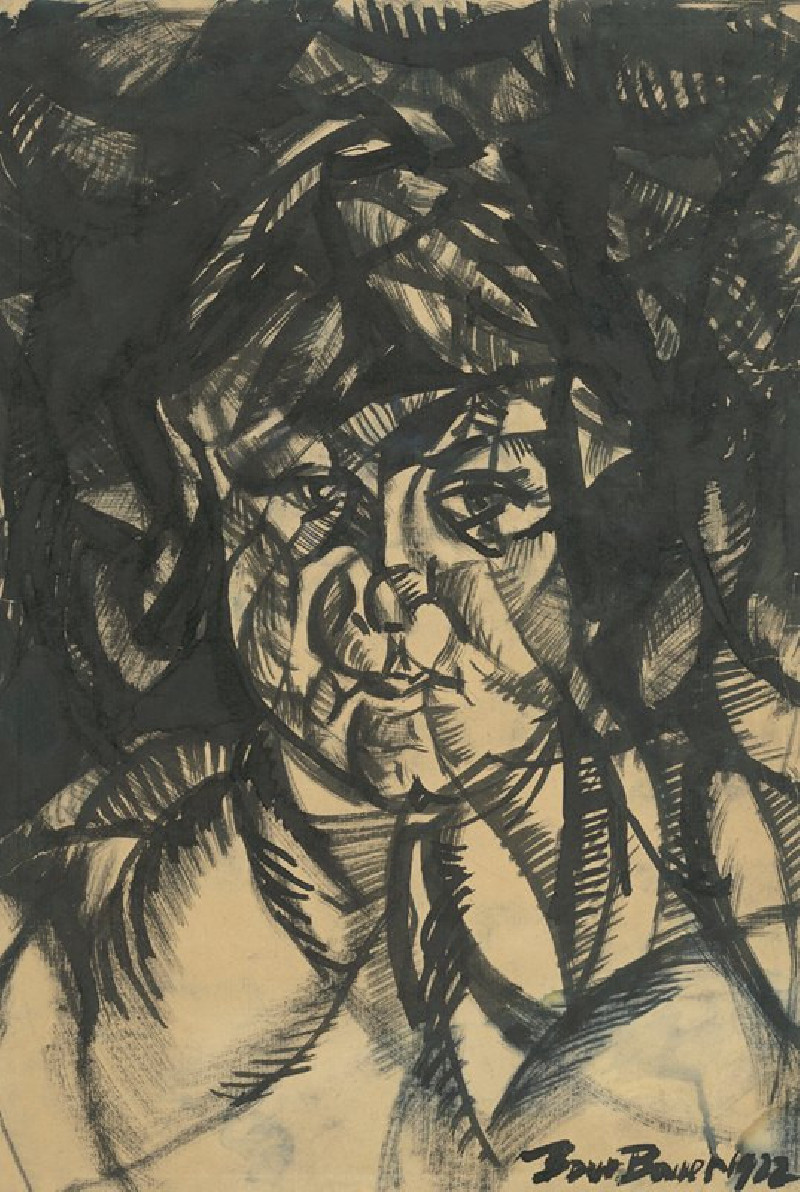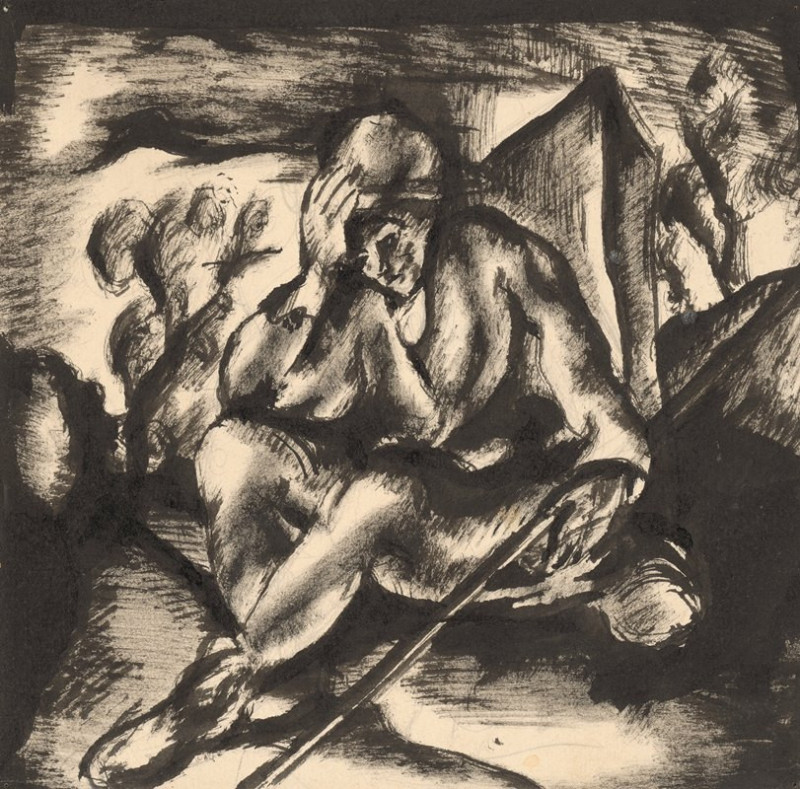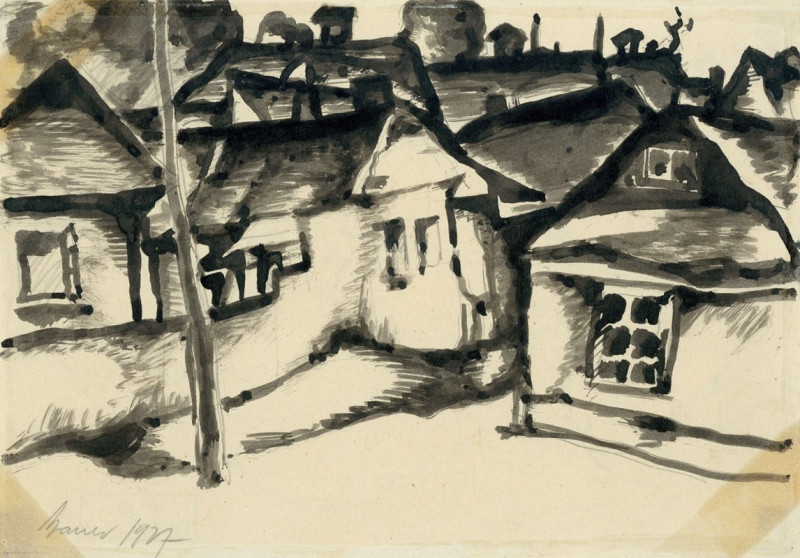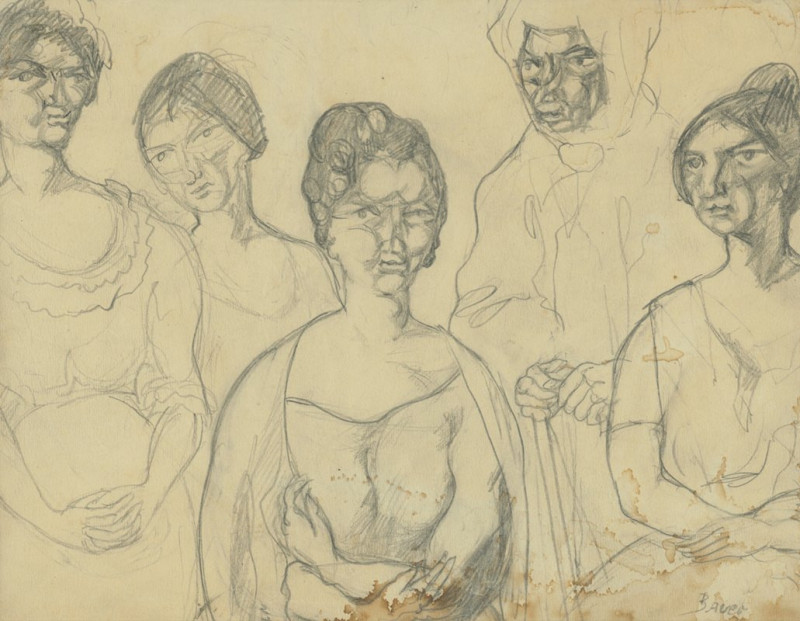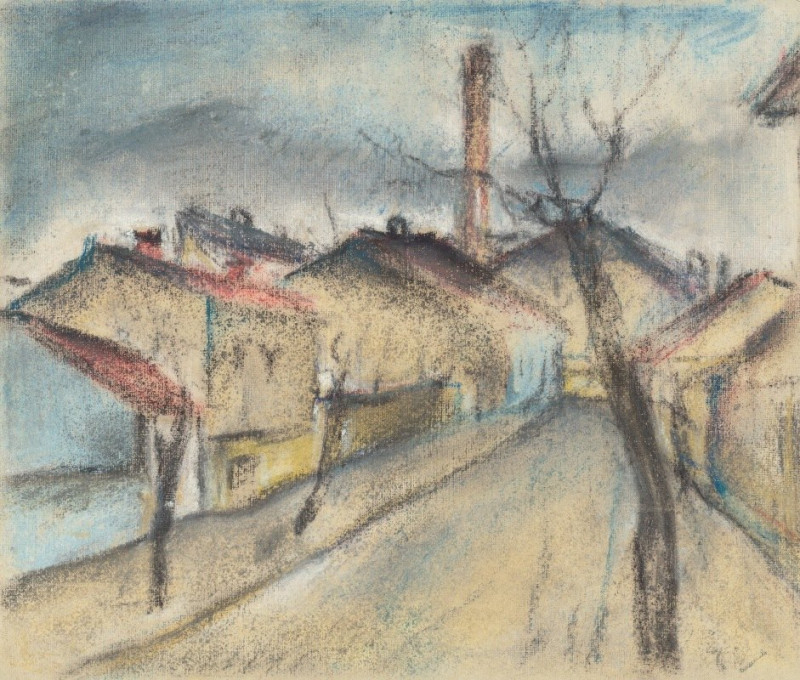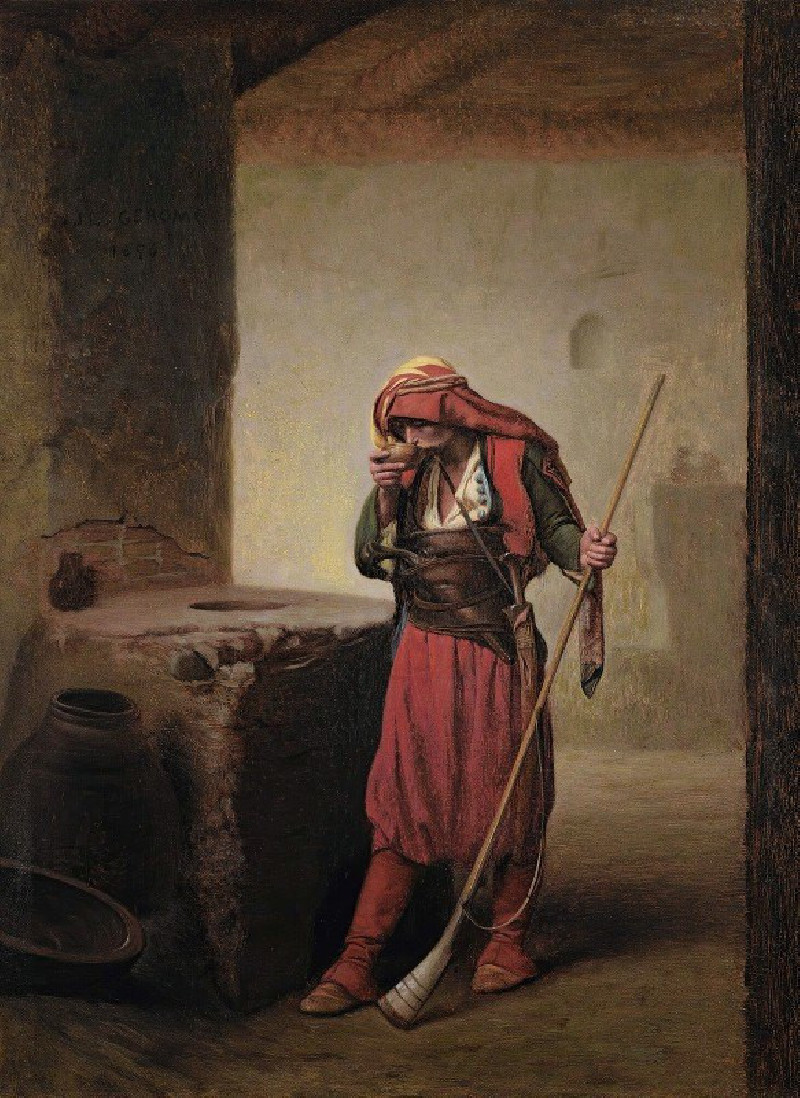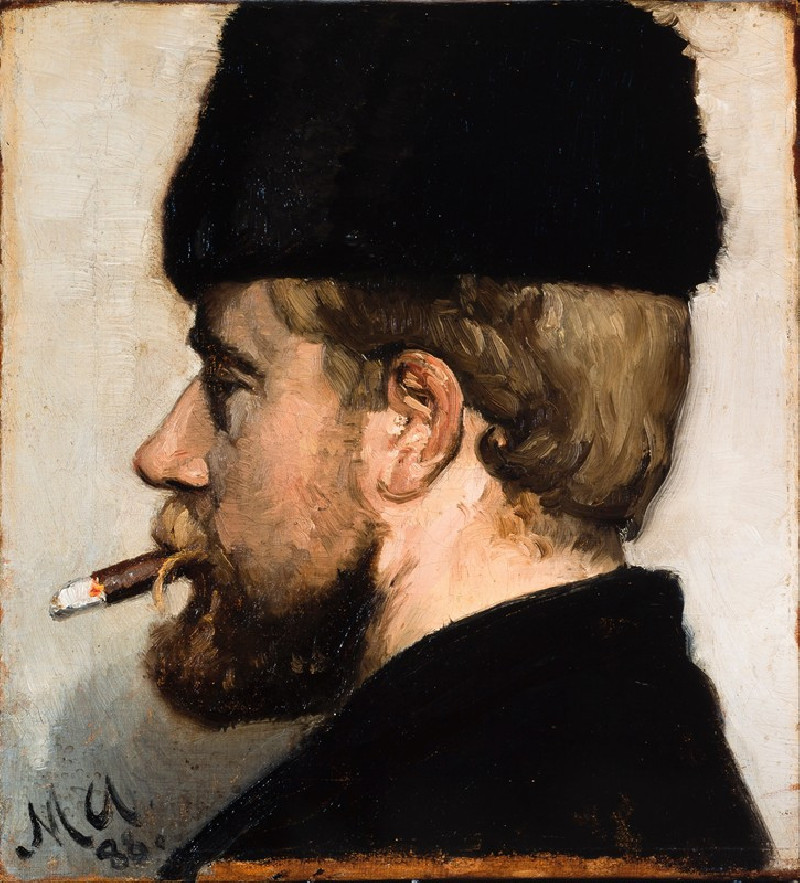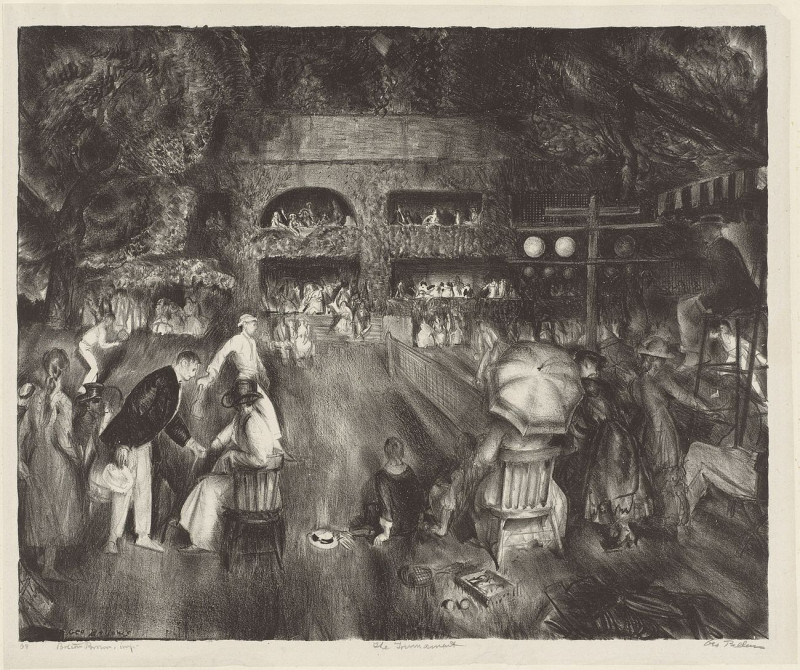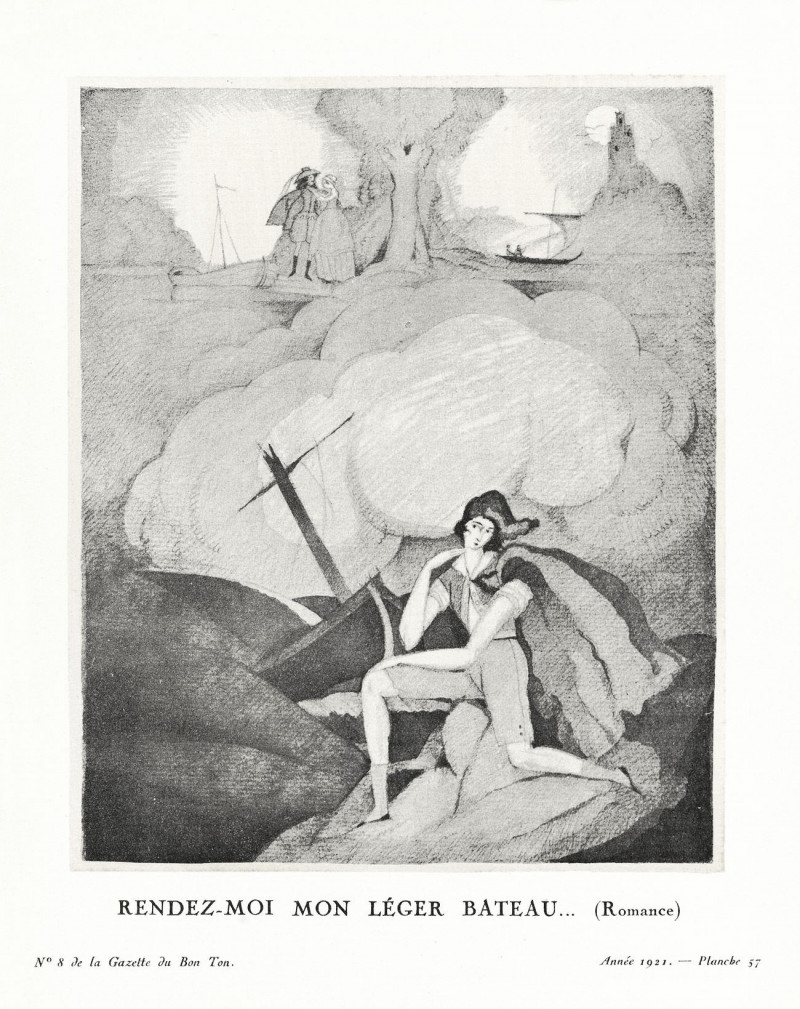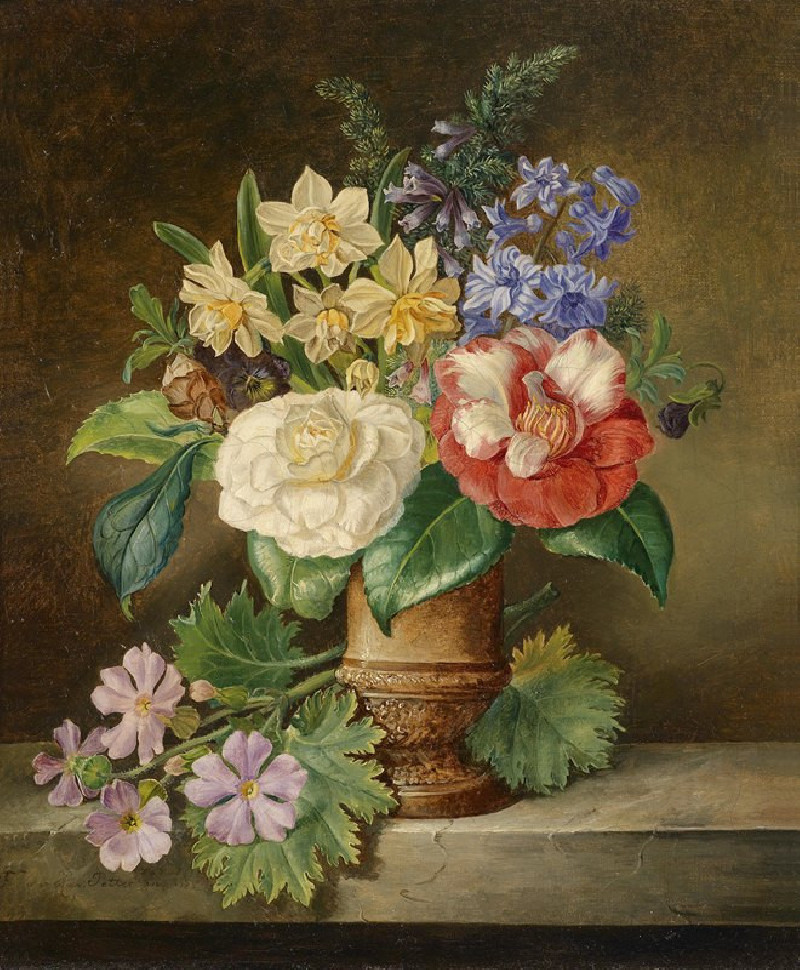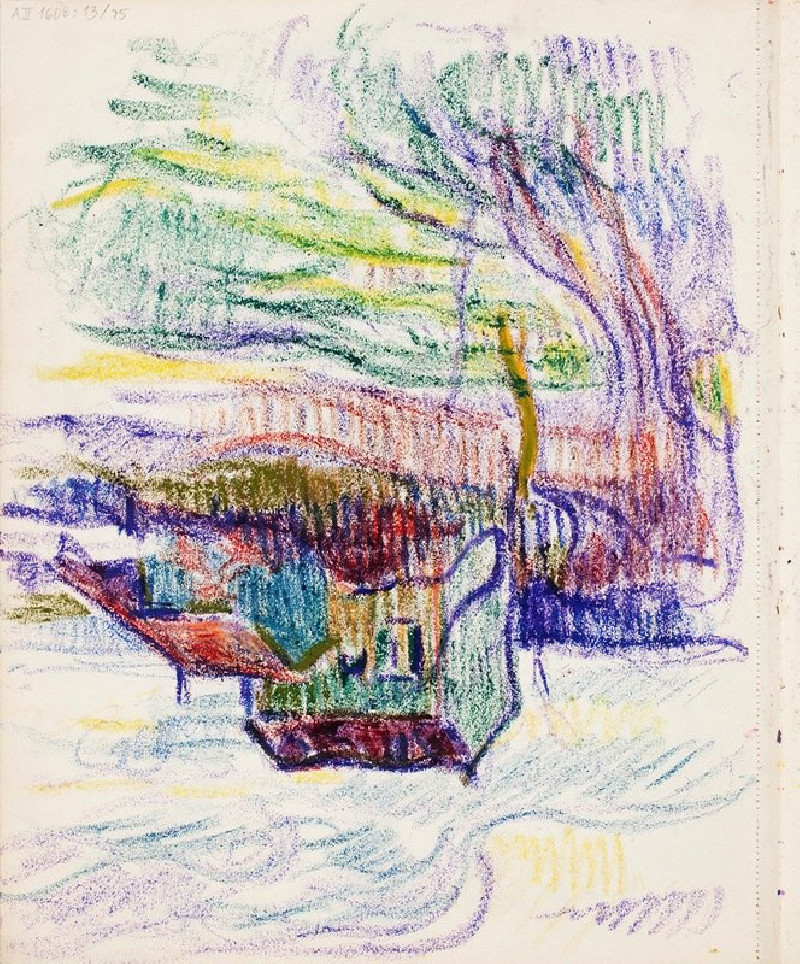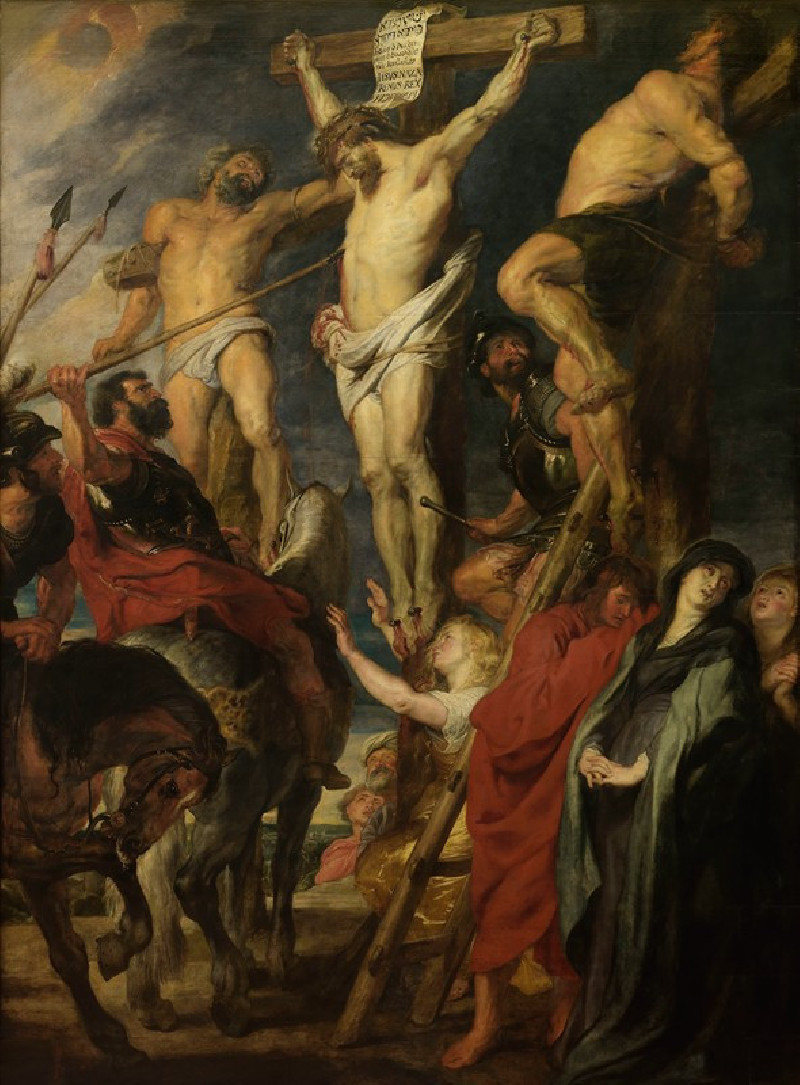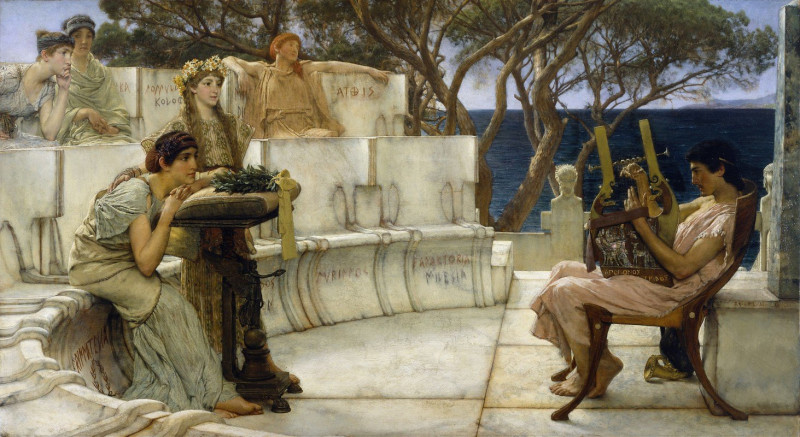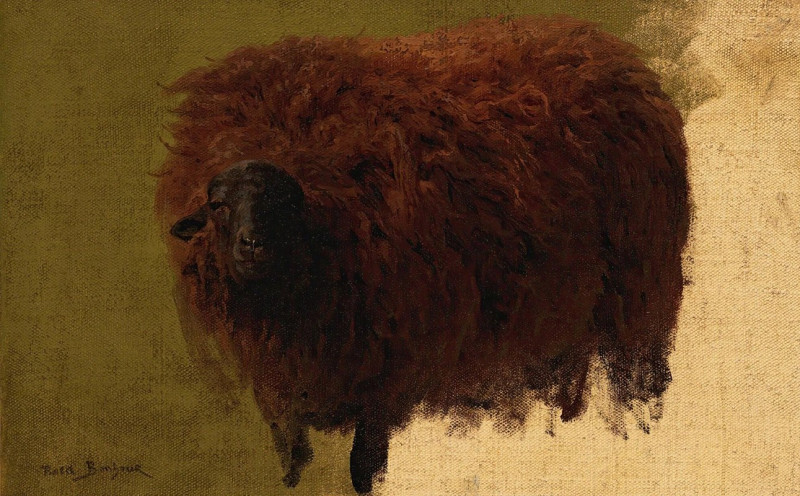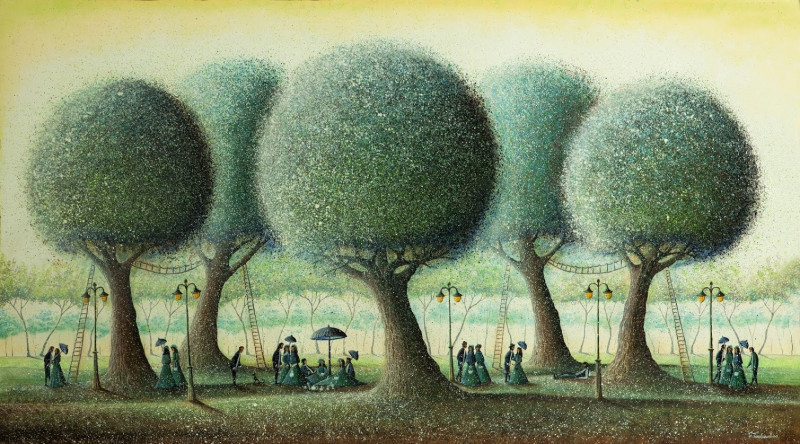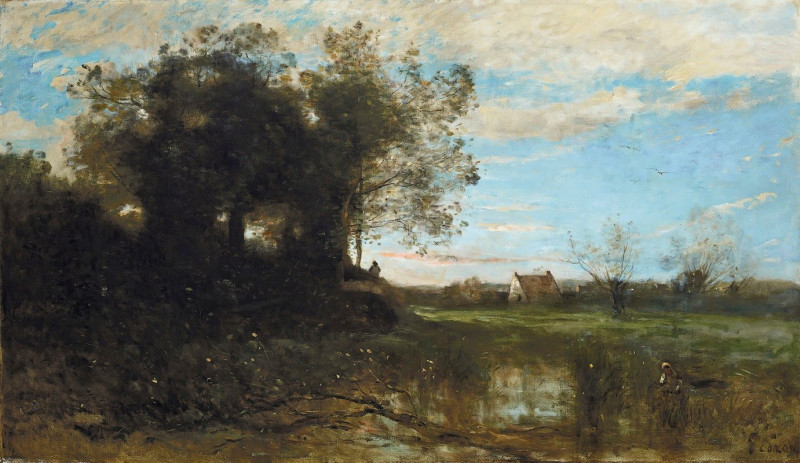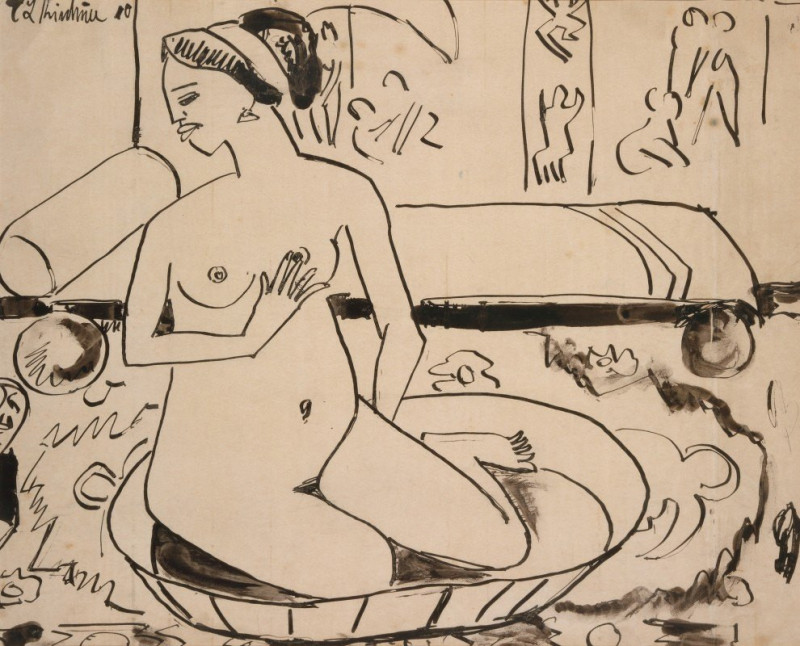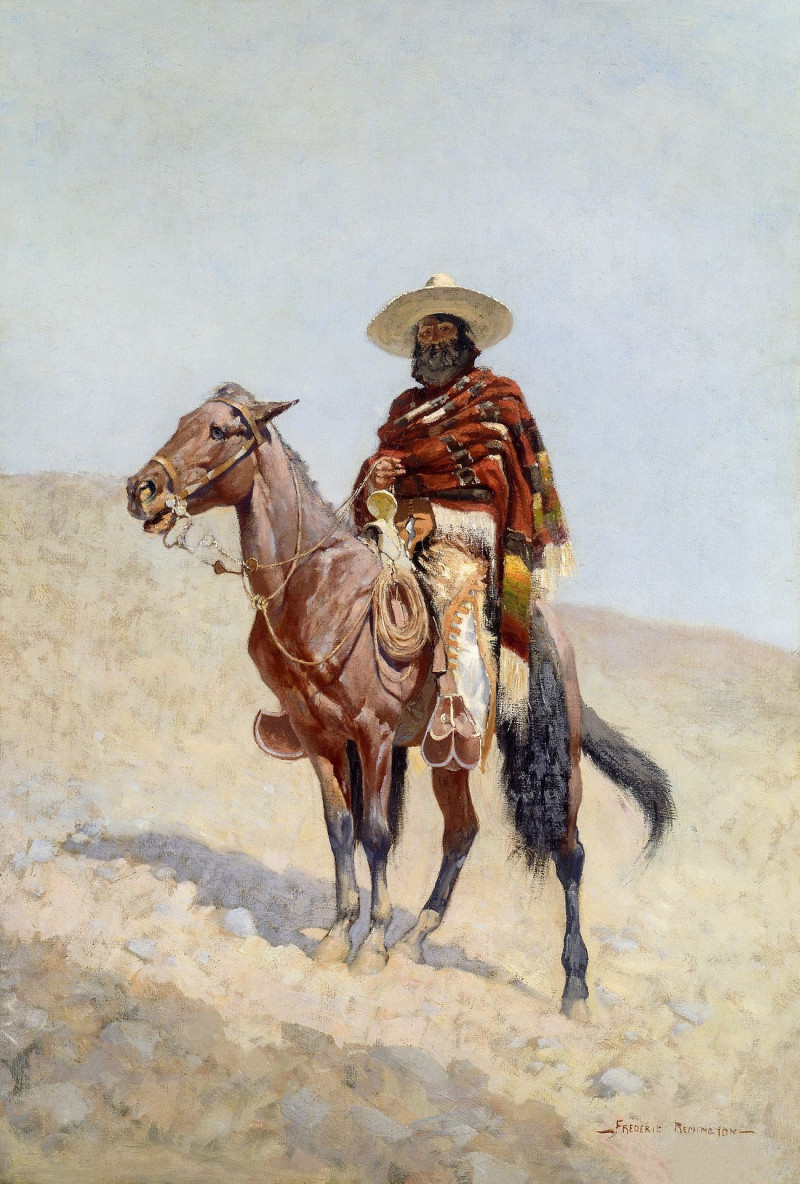Štrajk I. (1924–1927)
Technique: Giclée quality print
Recommended by our customers
More about this artwork
" (1924–1927) by Konštantín BauerKonštantín Bauer's evocative artwork "Štrajk I." captures a raw and powerful moment during a labor strike, painted between the years 1924 and 1927. This expressive ink drawing plunges viewers into the intense atmosphere of a protesting crowd, using bold strokes and a muted palette to communicate the urgency and dynamism of their movement.The composition is bustling with energy; figures appear almost liquid under Bauer's brush, their forms merging and emerging from the shadows. The scene is set against an industrial backdrop, featuring smokestacks and somber, cloudy skies, which accentuate the grim circumstances faced by the workers. The dramatic contrast of deep blacks and soft greys effectively portrays the smoky environment and contributes to an overwhelming sense of unrest.In "Štrajk I.," Bauer not only records a historical moment but also crafts a powerful statement about solidarity and the struggles of the working class. Each stroke encapsulates not just physical movement but emotional fervor, making this piece not just a visual experience but a visceral one.
Delivery
Returns
Konštantín Bauer was a Slovak painter.
Konštantín Bauer was born on November 24, 1893 in Slovenská Ľupča. He spent his childhood in Banská Bystrica. At the age of fifteen, he moved with his parents to Košice, where he graduated from high school. After graduating in mechanical engineering in Budapest in 1915, he worked briefly as an engineer in Novo Mesto pod Šiatrom. From 1916 to 1918 he worked as a railway engineer in Transylvania and then as a civilian employee at the Ministry of War in Vienna.

